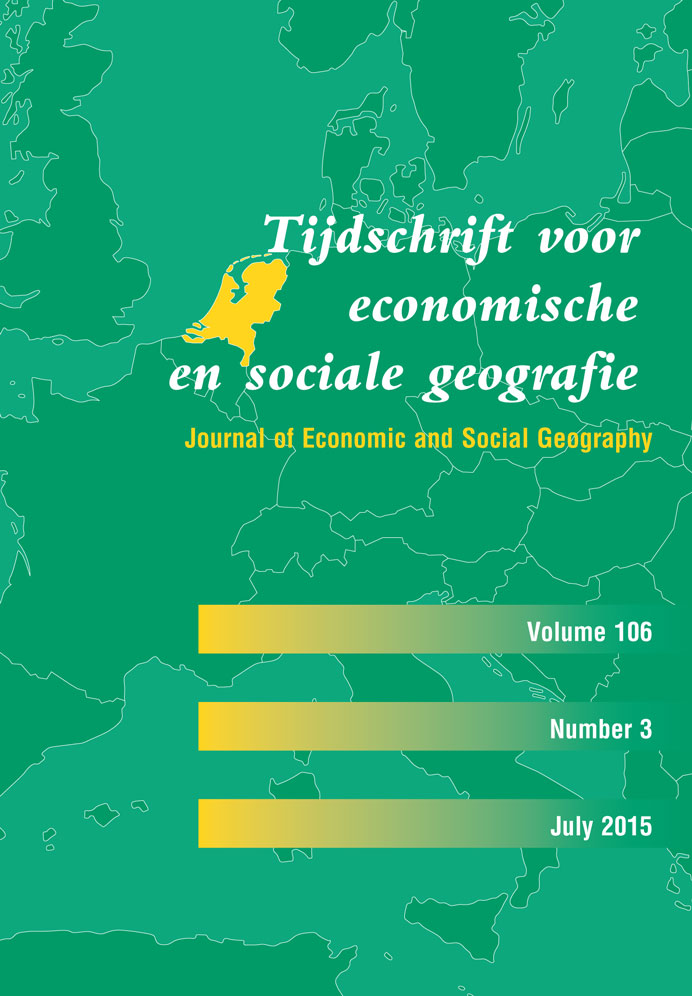Bernard, J., S. Keim-Klärner. 2023. „Disadvantaged and Disadvantaging Regions: Opportunity Structures and Social Disadvantage in Rural Peripheries“. Tijdschrift voor Economische en Sociale Geografie. 114 (5), s. 463-478. ISSN 0040-747X. Available from: https://onlinelibrary.wiley.com/doi/10.1111/tesg.12589
Regional peripheralisation has been repeatedly described as a process resulting in the combination of regional structural and social disadvantage. In theory, peripheries are characterised by the interdependence of these two types of disadvantage. Few studies have examined this interdependence in rural peripheries across several countries. In this study, we operationalise rural peripherality combining poor opportunity structures that constrain the social and economic opportunities of the local population, and increased concentrations of social disadvantage and decreased quality of life. Comparing Czech and eastern German regions, we uncovered intercorrelated spatial patterns of low education, poor employment quality, deficient labour market opportunity and accessibility to medical, educational and other services, which together represent key aspects of rural peripherality from the perspective of disadvantage. Although there is a clear coincidence of structural and social disadvantage in rural peripheries, neither increased levels of poverty nor long-term unemployment are typical of these areas.
